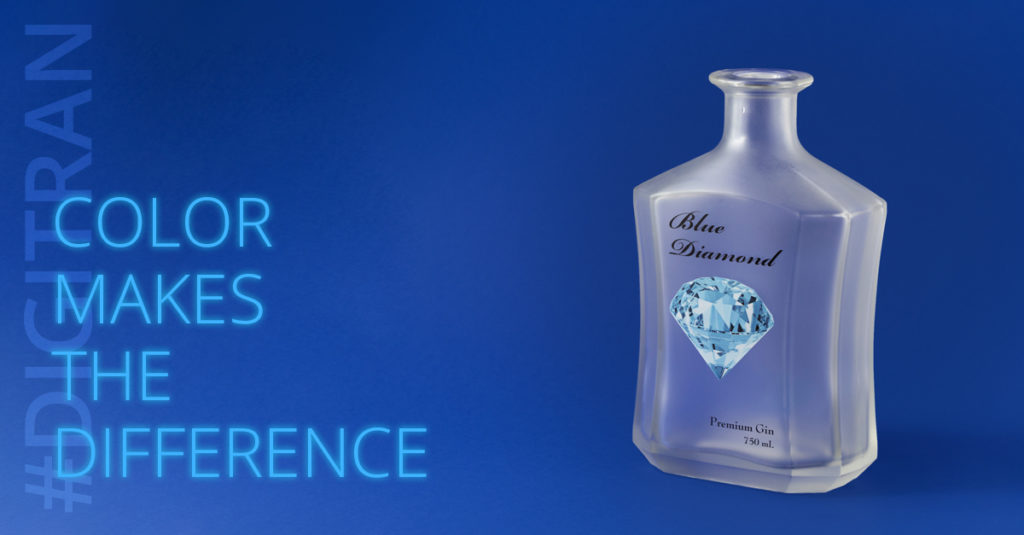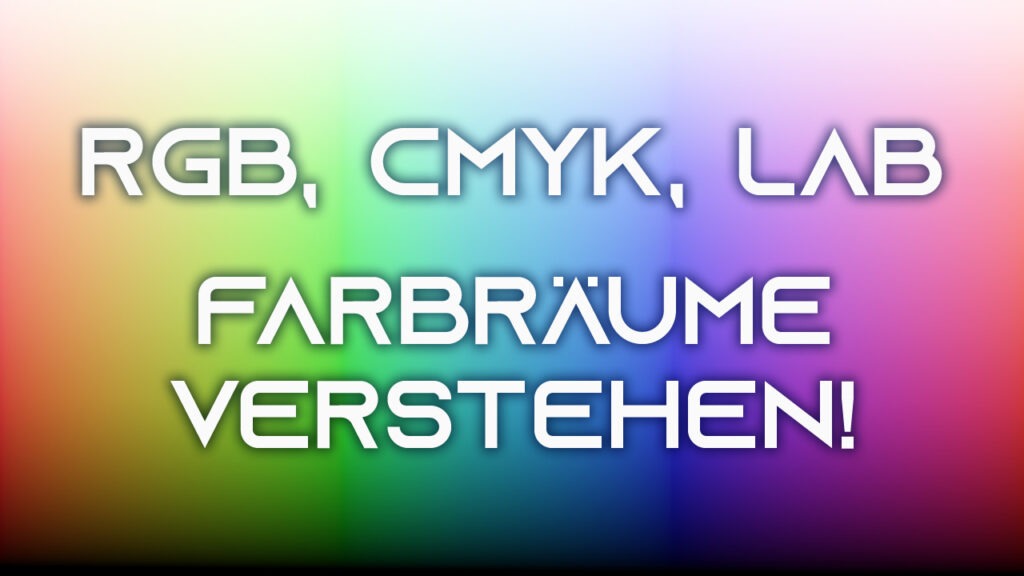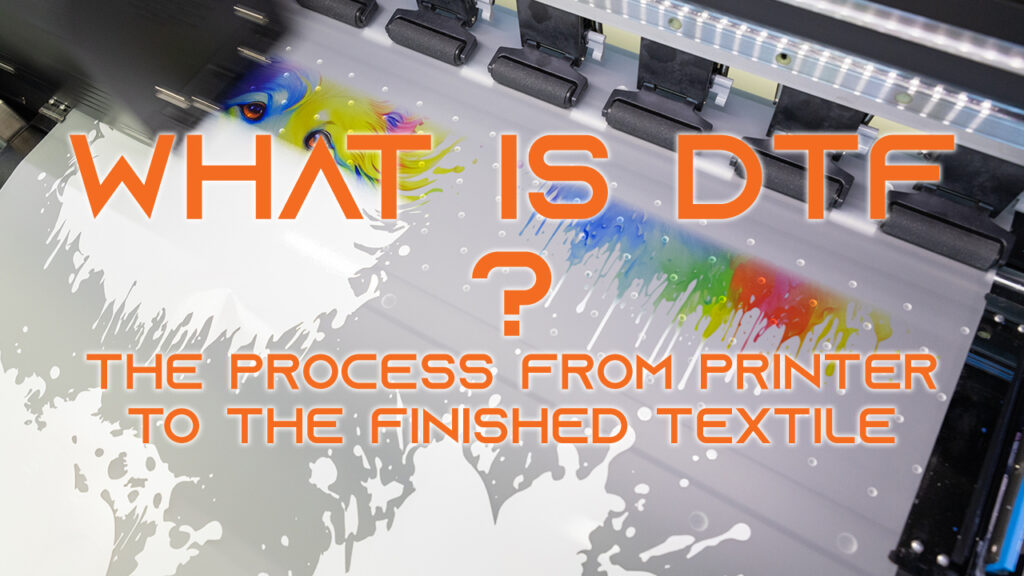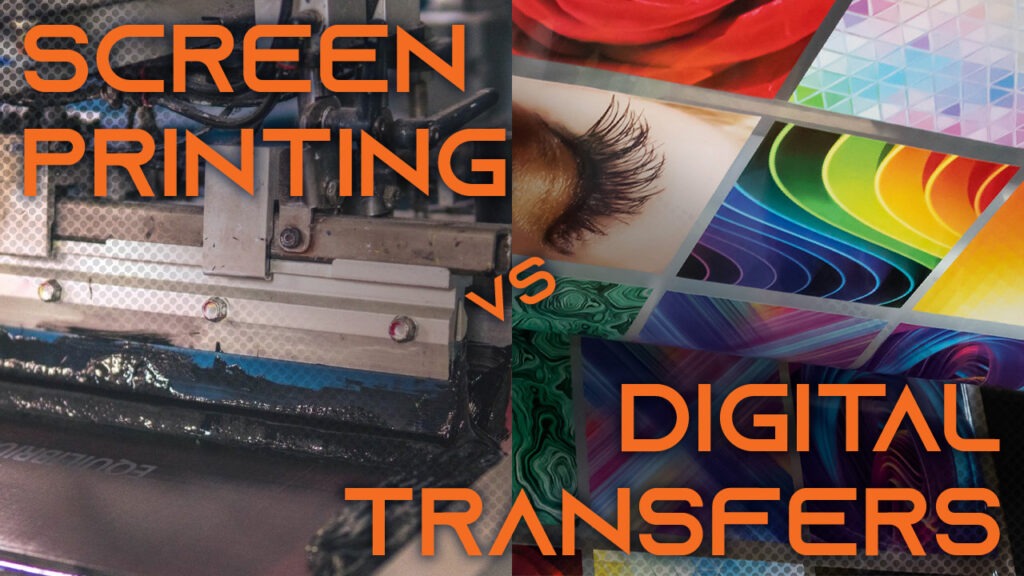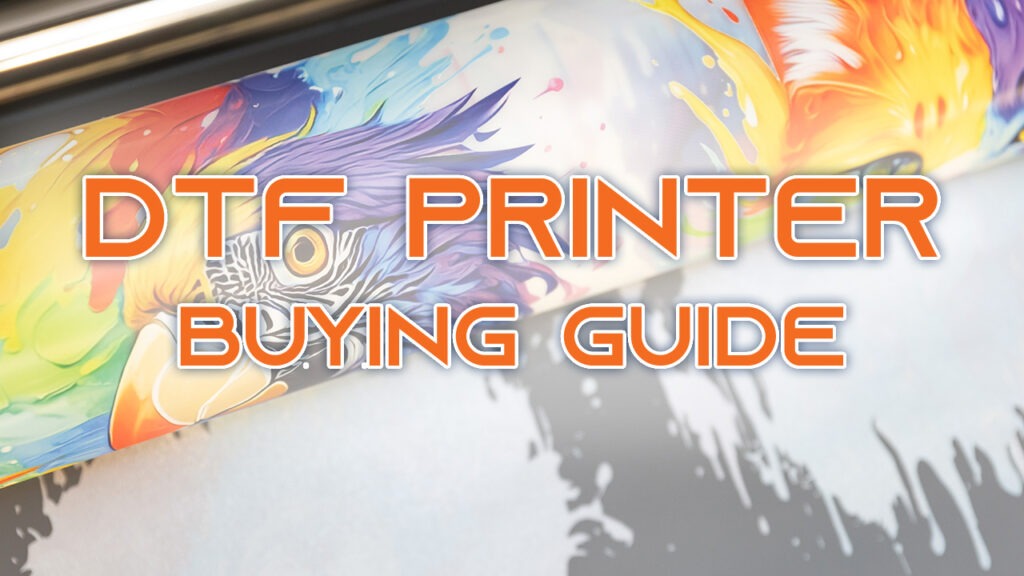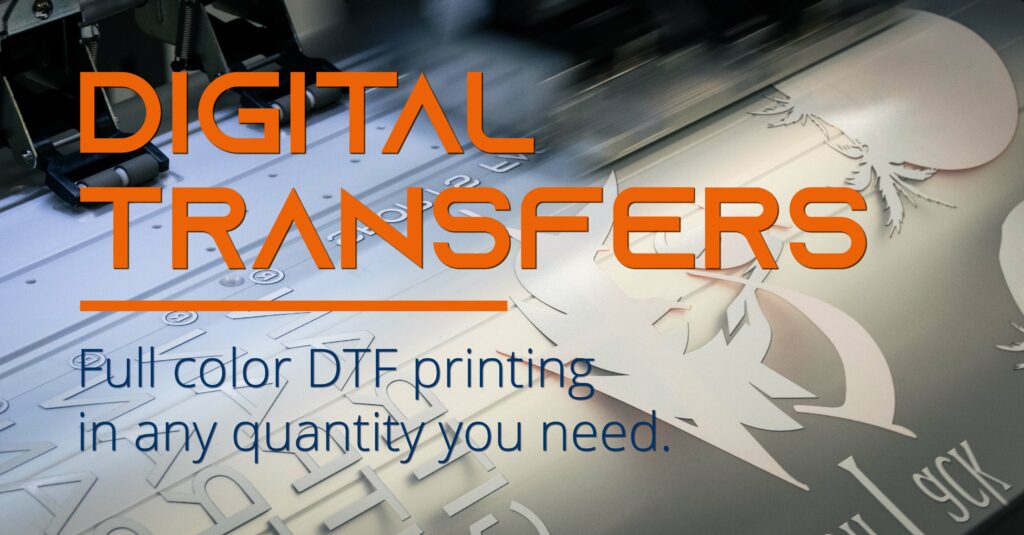"A diamond's value is defined by both, the outside and the inside." - Us.
We are bad in making up fancy headlines and do not know the right botanicals for this bottle’s gin, but when it comes to printing, we can help you get a proper appearance!
To make this gin stand out it was crucial to match the name and the design. To get there the bottle was matt coated and printed with a high gloss, digital heat transfer. Due to this printing combination both the white and the blue shades could stand out the way they are and create a contrast to the matt bottle.
This is true for more than just this one gin. The DIGITRAN heat transfer process is well suited to print onto all kinds of glass bottles. No matter if it is wine, vodka or apple juice.
Especially when it comes to small quantities with high quality demands, digital heat transfer printing is a go to.
Understanding color spaces. CMYK, RGB or Lab are tools with which you can ensure that print and expectation match.When it comes to printing, the color space is something you should know. Because only if you are familiar with color spaces can you translate the color you see into the right print color. Especially with digital printing technology, this knowledge is worth its weight in gold.
What is DTF? We explain it!
Welcome to the fascinating world of DTF printing, where flexibility and quality come together. Dive into our detailed insight into the process – from the innovative DTF printers to the automatic powder shakers to the transfer press. Discover how this technology is redefining the boundaries of printing.
Revolutionizing product decoration: digital transfer printing versus screen printing.When it comes to printing on products, choosing the right printing technology is crucial to achieving an impressive and vibrant result. While screen printing has long been a conventional choice, digital transfer printing stands out as a revolutionary alternative, offering unrivaled quality and versatility.
The solution for custom designs on t-shirts, hoodies, bags, sportswear and workwear: DTF Digital Transfers.
Thanks to the combination of digital printing and heat transfer technology, textile transfers can be printed in small quantities, full-color and in the shortest possible time. Thus, the outstanding opacity and feel known from plastisol and screen printed transfers is now also available in small quantities.

